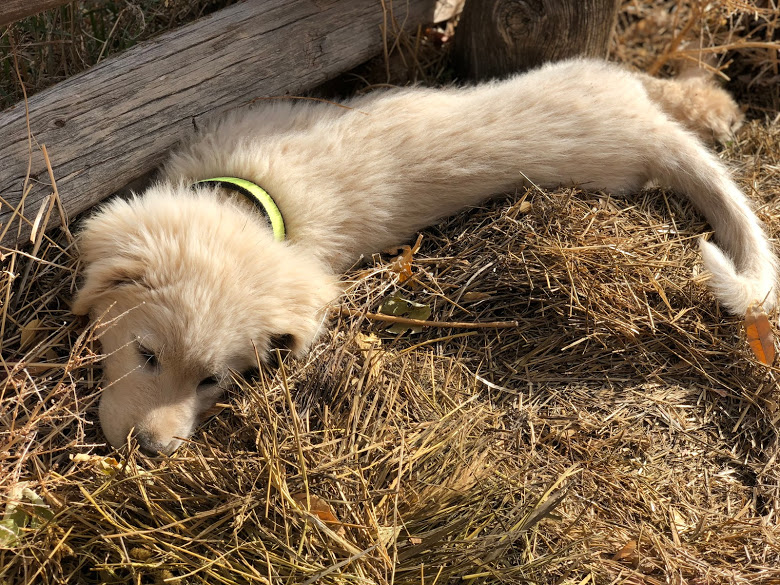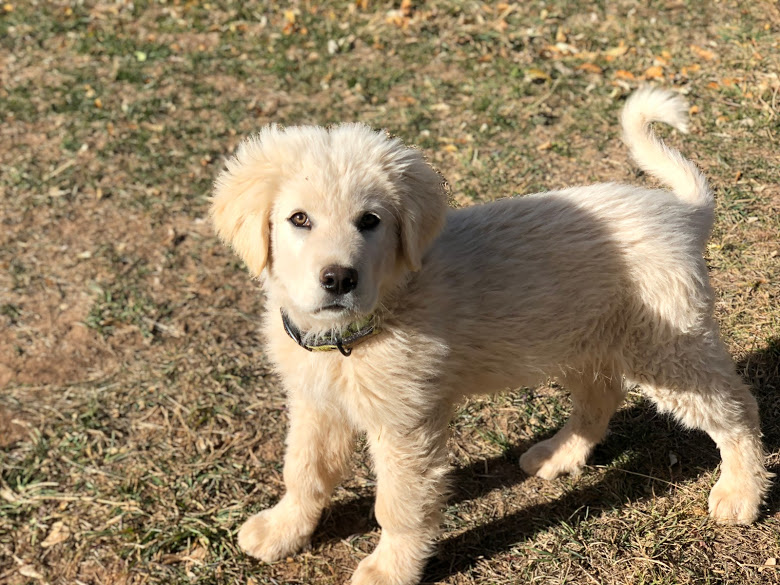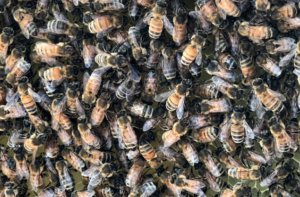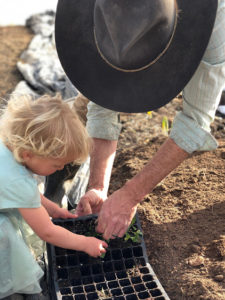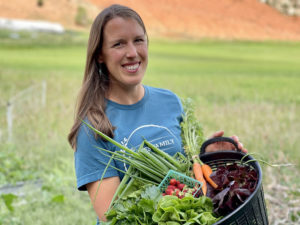Livestock Guardian Dogs
Over the summer we shared what a catastrophe it is when predators mingle with domestic chickens. In one night we lost nearly all of the chickens we had on pasture due to a coyote attack. At least we think it was a coyote. We’re in the mountains adjacent to a forest, so there’s no shortage of predators around. Mountain lions, bobcats, coyotes, bears, racoons, badgers, hawks, weasels…we’ve got them all! Strong shelters will always be a primary line of defense. But, as we’ve experienced a few times already, some predators are wily, and given enough time to snoop around they will find sneaky ways of getting into spots we never thought possible. So, as we are looking ahead to another season of raising chickens and expanding some of our farm operations, we realized we need another line of defense. Enter a livestock guardian dog.
We read about livestock guardian animals in several of the farming/homesteading books adorning our shelves, and we always knew one might be in our future. After a few weeks of dealing with a pesky bear, the aforementioned chicken catastrophe, a series of hawk attacks and recurrent coyote sightings, the topic became a more regular piece of conversation. “Sounds like you need a livestock guardian dog” seemed to be the catchphrase we heard from every farmer or rancher we spoke with. So, when an opportunity arose for a Great Pyrenees puppy from a line of sheep guardian dogs, we decided to jump on it.
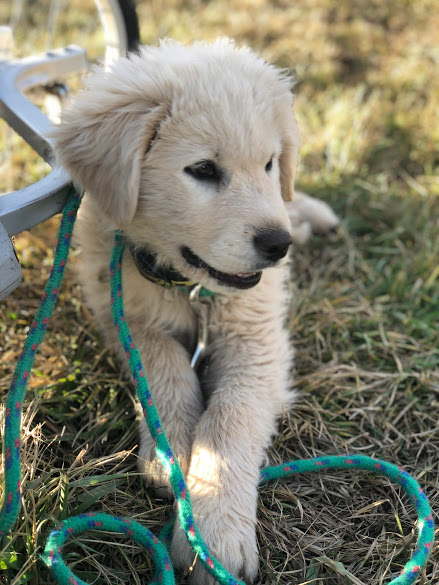
Why not just get a llama?
As we decided on a livestock guardian dog (LGD), a few people chimed in asking why we were not simply getting another type of livestock protection animal (like a llama or donkey). The thought definitely crossed our mind. We’ve been fortunate to see llamas and donkeys used as guardian animals on some of the farms we’ve visited over the years, and they do have some benefits. Namely, they eat grass and they don’t really require training. But, even with a moderately improved ease of use, their limited scope of ability compared to dogs is a major drawback.
In the most simple terms, llamas and donkeys are highly territorial of their space, so they will make a ruckus in an attempt to spook off any critters encroaching on it. We already have an animal that is probably even more adept at spooking strangers off than a llama or donkey…yaks. And, we thought seriously about using the yaks for predator protection, but it doesn’t really fit in our management plan for them, and they are almost too good at being defensive to share space with other animals…just ask our ducks!
What distinguishes LGDs from other protection animals is their trainability and natural tendency to bond with the animals or people they are around the most. Great Pyrenees are especially known for building strong relationships and being very defensive of any person or animal they view as being “part of the pack.” The dogs were, and still are, bred predominately for the purpose of protecting sheep. They bond with the sheep and live as if they are part of the flock. The fact that they look a lot like sheep adds an element of surprise for any predators trying to sneak up on a lamb.
Snow's responsibilities
If you follow us on social media, you know some of the humor behind choosing “Snow” for our puppy’s name. Snow is rarely a pure shade of white, but that’s exactly the way we want and need him to be. You see, we are not raising Snow to be a pet. We already have a pet dog named Jackson. And, although “J” has some valuable watchdog tendencies and probably warded off a few predator attacks himself, the pet-life has softened him a bit. Getting Jackson to stay outside on a warm night, let alone on a day with precipitation is…well…just not going to happen. So, while we’re allowing Jackson to enjoy the perks of being a pet, Snow is getting oriented to his responsibilities as a working dog.
We want Snow to recognize our family as part of his pack, so we give him plenty of time around us and the kids, but he does not share our space. Snow has a nice little living quarters next to the duck house. One of the first lessons Snow needs to learn is to be gentle toward fowl (the ducks are less spastic than the chickens, making it easier for Snow to resist his urge to play). While LGDs generally do not bond with chickens and ducks in the same way they do humans and other mammals, they can be trained to keep the birds safe. Snow first needs to learn to ignore the domestic birds around him. As he comes to realize the birds are part of our “pack,” he will defend them.
Snow’s second responsibility will be property patrol. We are a long way off from Snow being independent in this role, but we’re setting the groundwork. Snow goes on several walks with us each day to explore various areas on our property (and to get some puppy energy out!). He will have a mobile house, which will move with the chickens, but we ultimately want Snow to know and patrol most of our property. This is something that makes LGDs so valuable. You’re unlikely to get a llama, donkey, or even a yak to search out a potential threat; they simply don’t want anything near them. But, a well trained dog can cover a lot of ground and will actually identify and deter risks before they materialize (i.e. a bear migrating into the area).
LGDs are also known to pursue predators. We’ve heard stories of Great Pyrenees catching and killing coyotes after pursuing them for several miles. And, while the pursuit instinct is not something we will intentionally cultivate in Snow, it speaks to his strong will when it comes to defending his pack.
But for now, he’s still a puppy, so life essentially consists of eating, sleeping and more sleeping.
